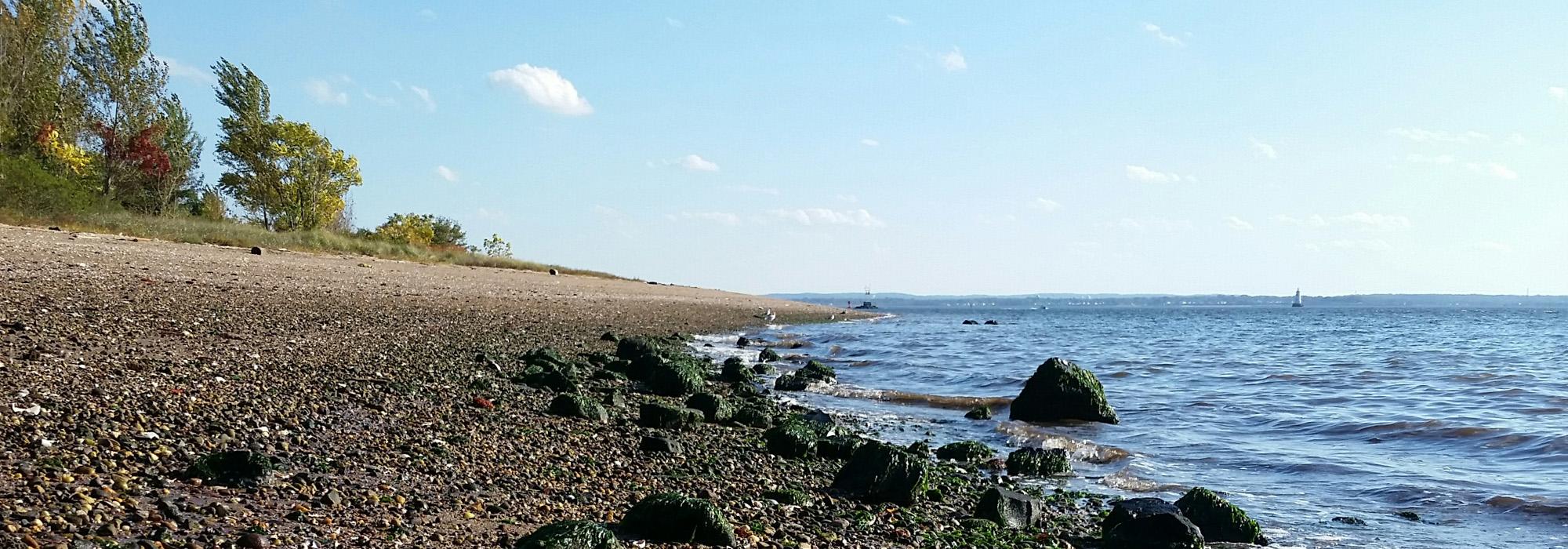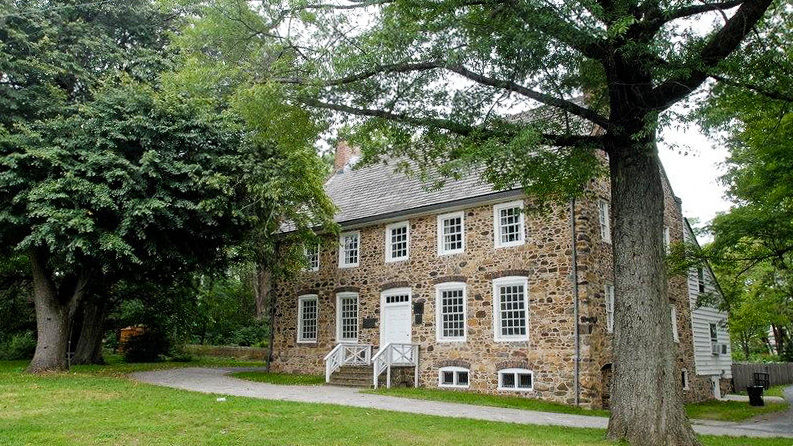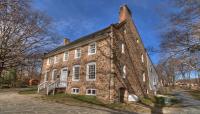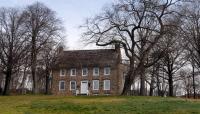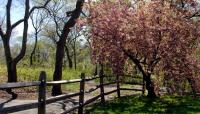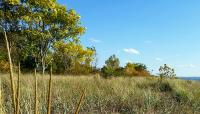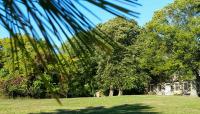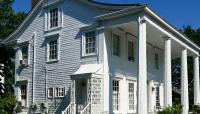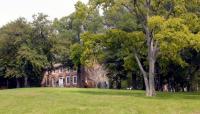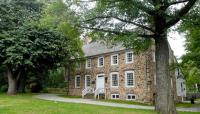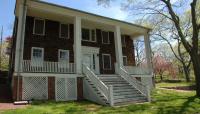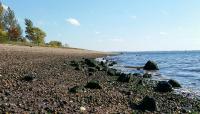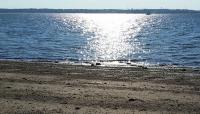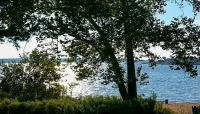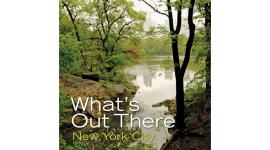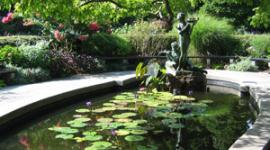Landscape Information
This 265-acre park was formerly part of the 1,600-acre estate purchased by Captain Christopher Billop in 1676. The Conference House, a two-story stone structure for which the park is named, was built circa 1680, and was the site of a 1776 peace conference that failed to end the Revolutionary War. The site was used as a wheat farm for about a century, and was a private estate until it was acquired by the City of New York in 1926. Over the next decade, significant historic preservation work took place on the house and grounds, including the planting of the colonial rose garden and thirteen trees representing the original thirteen colonies. The site was opened to the public in 1937, and since then the mansion has been operated as a house museum. The park was renovated and upgraded from 2002 to 2004, a playground, pavilion, new visitors center, parking area, and paths being constructed. From 2008 to 2009, the Biddle House was restored, a second playground was constructed, and new educational exhibits were introduced.
Operated by the New York City Department of Parks and Recreation, the park includes four historic houses- Conference House, Biddle House (ca. 1845), Ward House (ca. 1830), and Rutan-Beckett House (ca. 1850). The grounds of the Conference House feature a colonial herb garden and an open recreational area. Consisting of such natural features as forested uplands, meadows, dunes, and freshwater wetlands, the park also includes a Native American burial ground known as Burial Ridge, a 2.5-mile-long public beach, visitors center, dog park, nature center, playground, and hiking, bicycle, and walking trails. Conference House was listed in the National Register of Historic Places and designated a National Historic Landmark in 1966.



